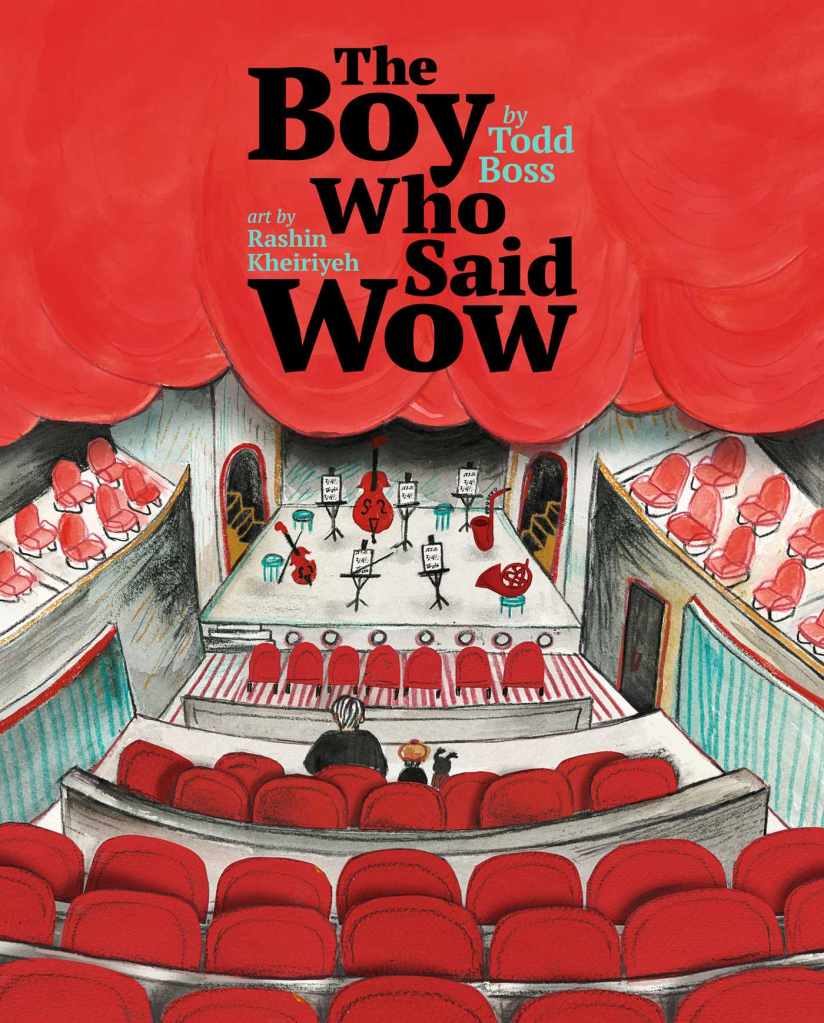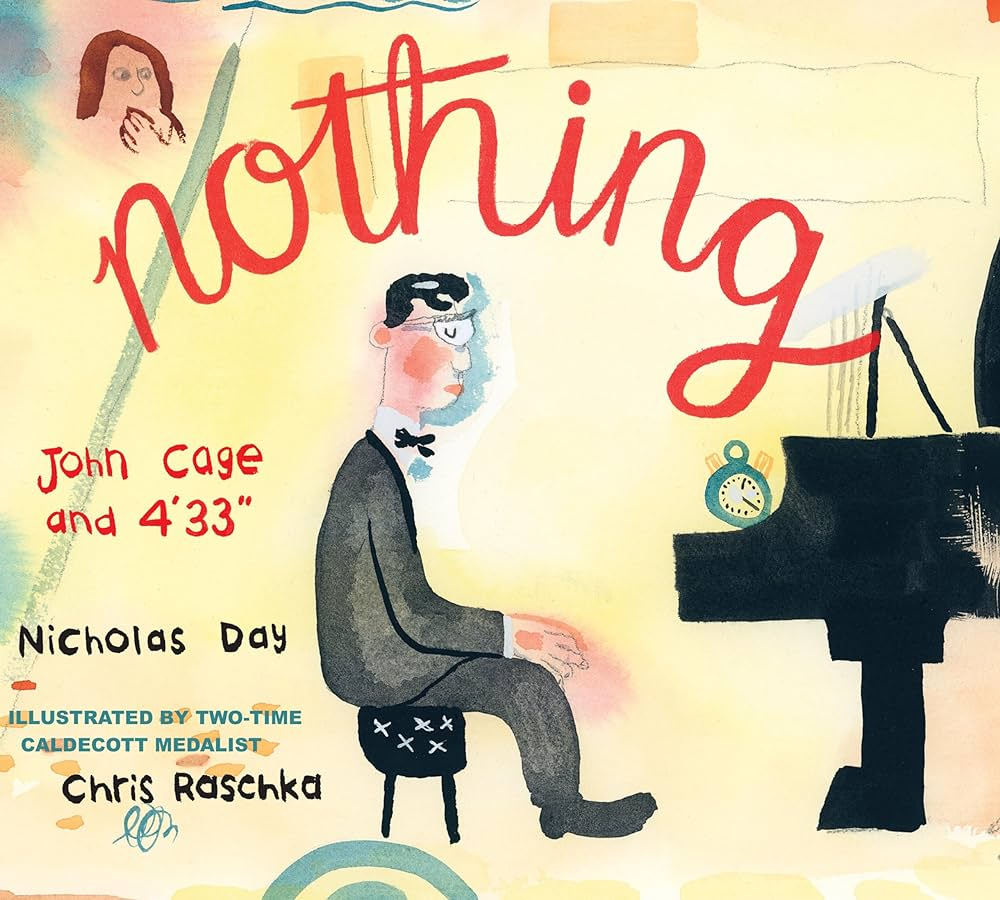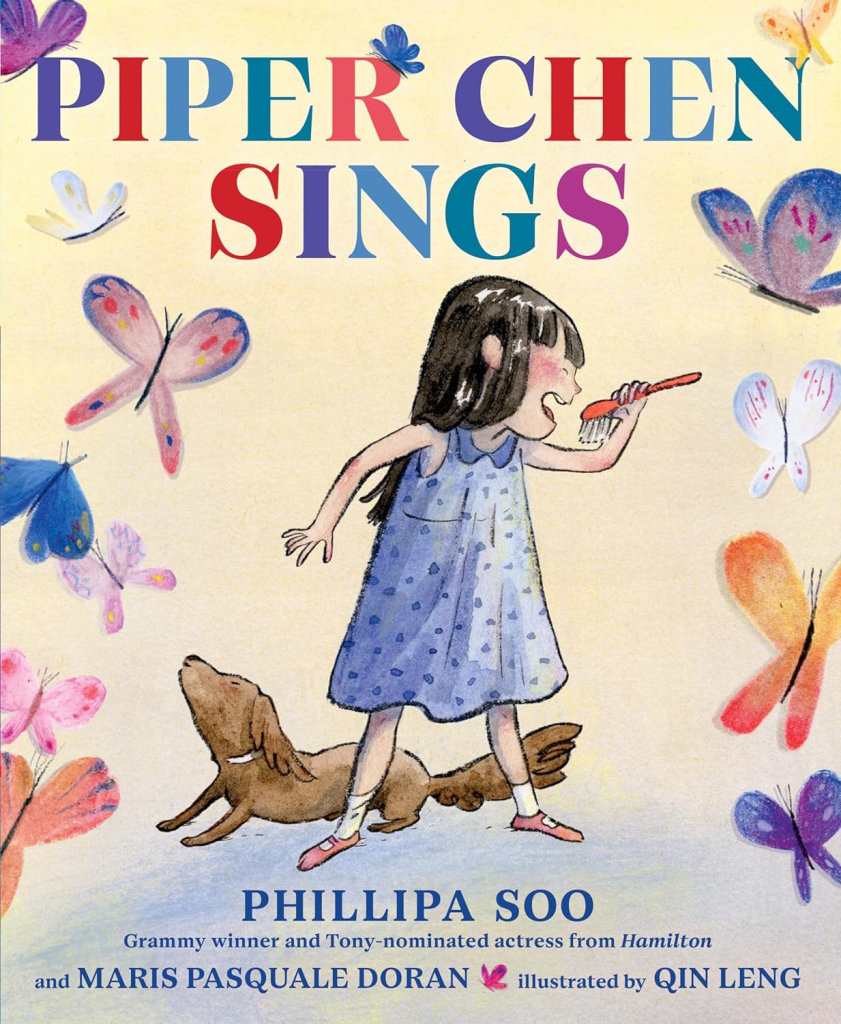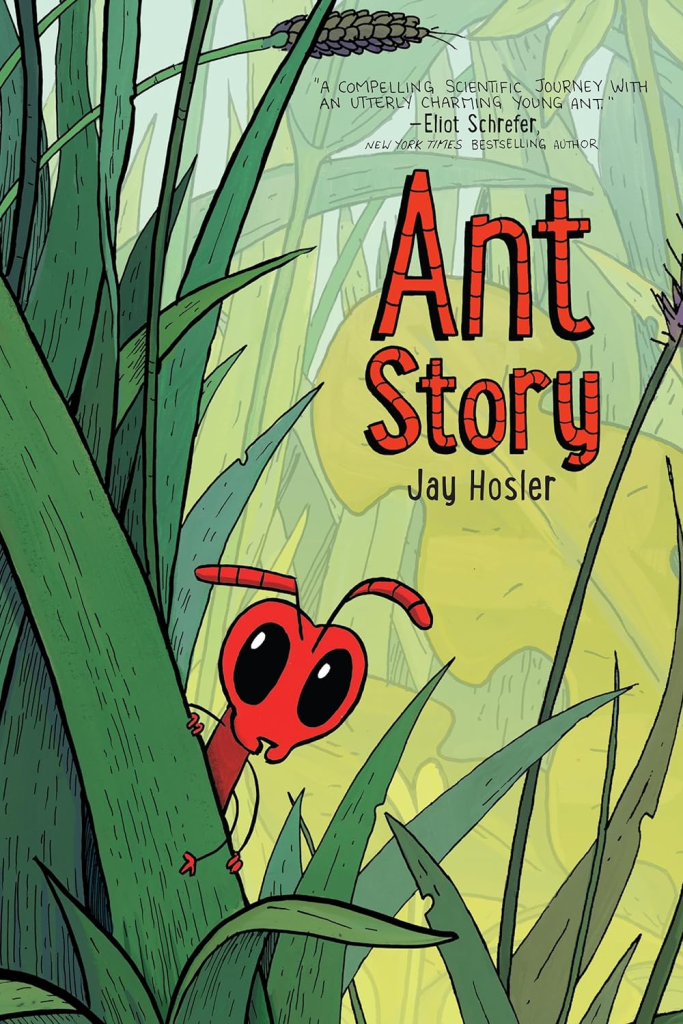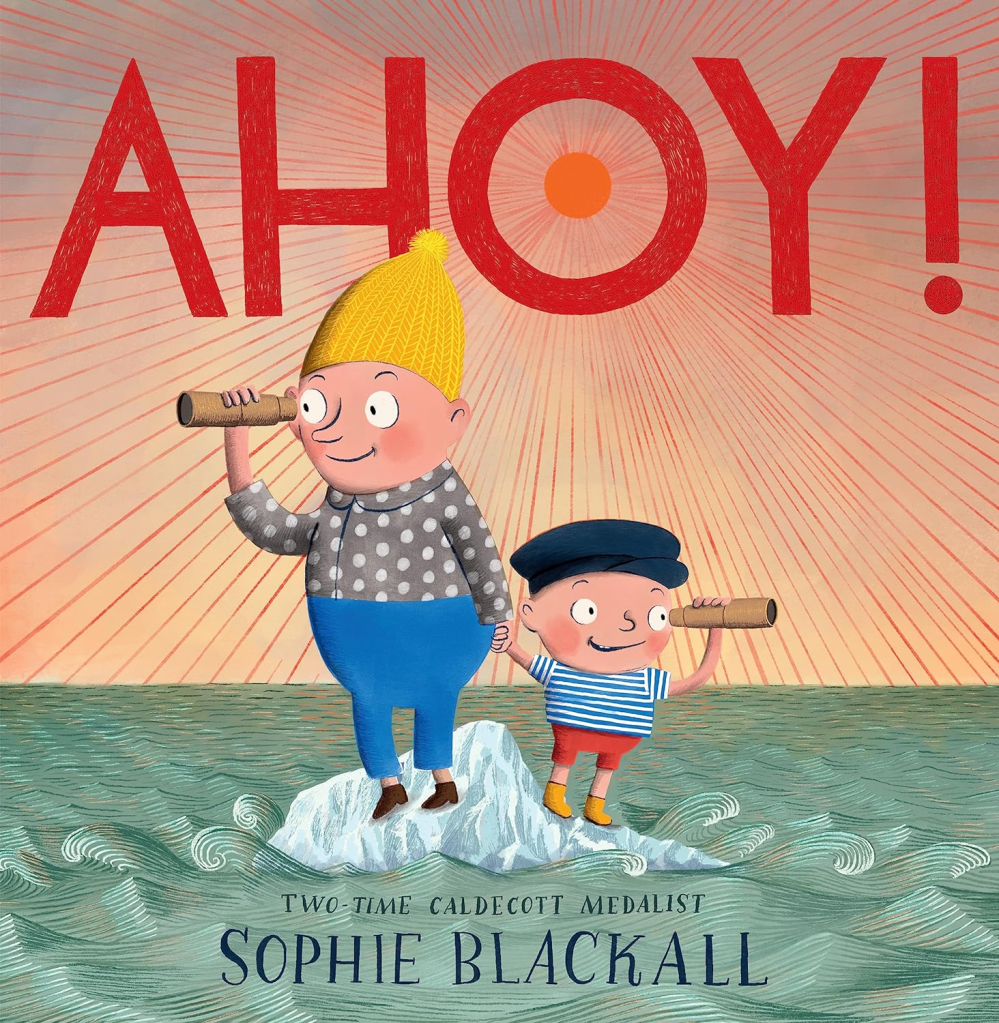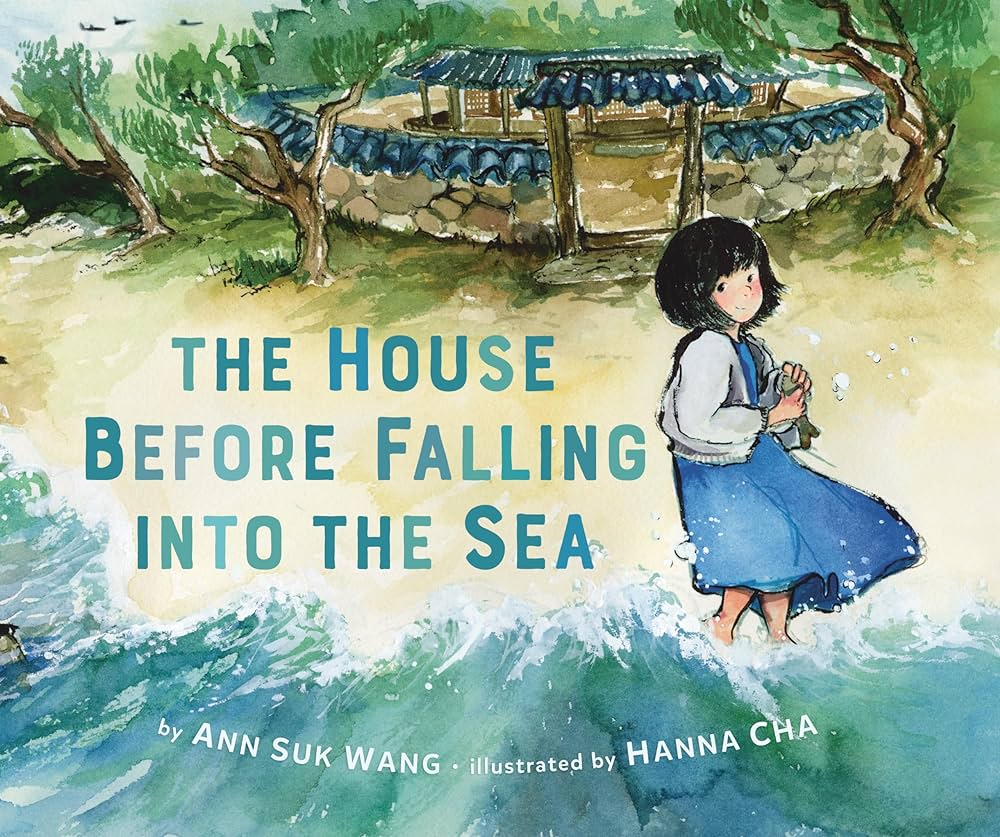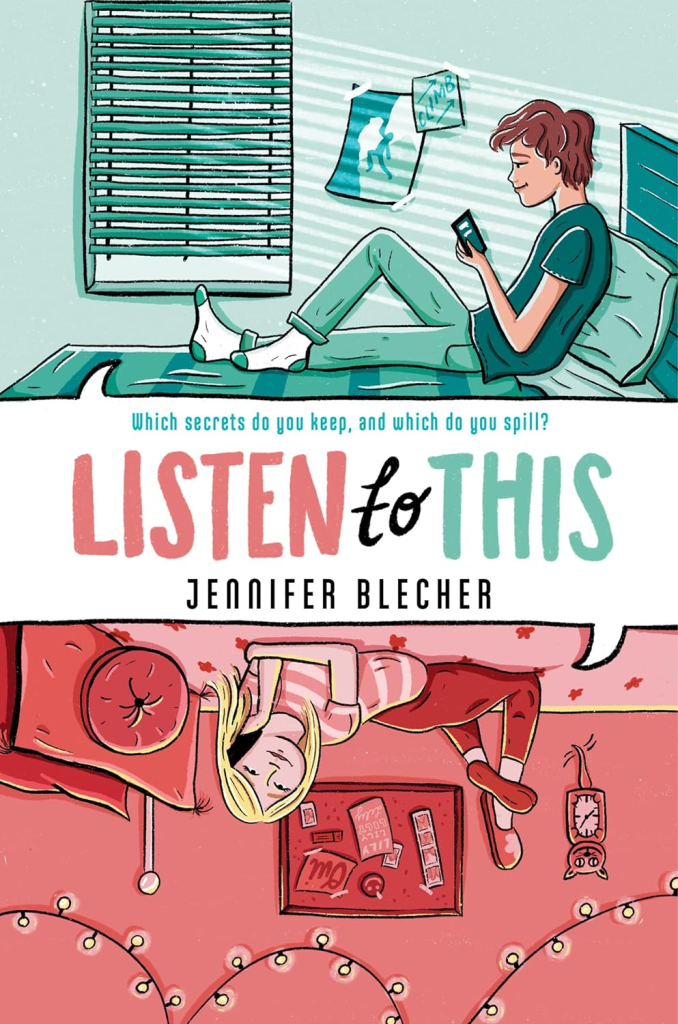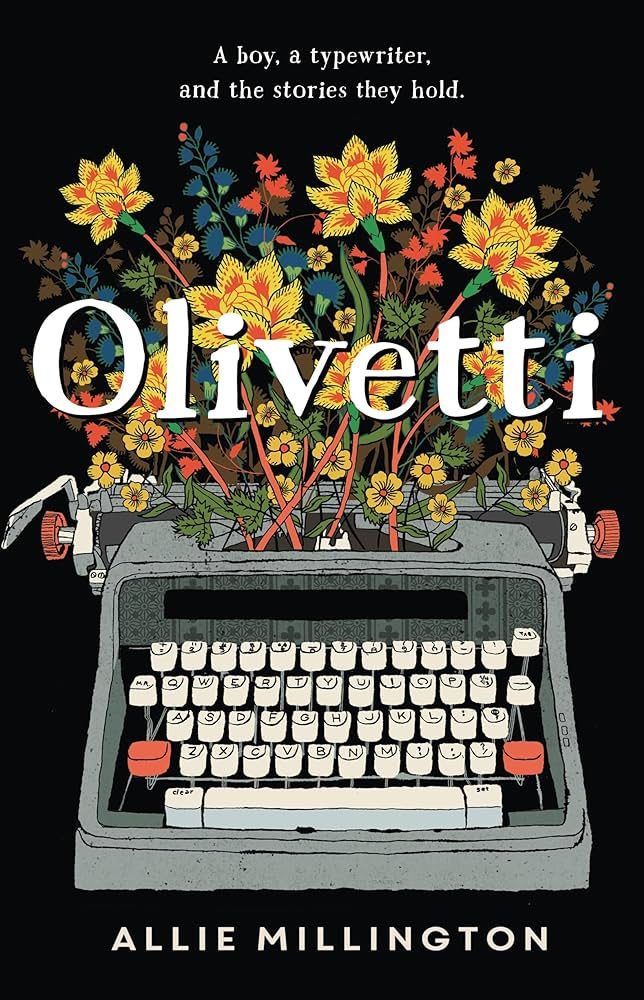I was buried by an avalanche of graphic novels this week, which I managed to claw through, writing reviews as I dug my way out.
Blood City Rollers by V. P. Anderson, illustrated by Tatiana Hill (Labyrinth Road, 192 pages, grades 5-8). Mina’s a figure skater with Olympic dreams about to win a big competition when she sees some dark figures crouched in the rafters of the skating rink. Distracted, she falls and breaks her arm in what may be a career-ending injury. On her way out of the hospital, she’s abducted by a group of girl vampires and taken to an abandoned mall, where she learns their plan to make her the jammer on their roller derby team (their rules dictate that the jammer must be a human). Her arm magically healed, Mina is amazed to begin feeling more like herself as part of the vampire team than she ever has as a figure skater. A crush on the team captain adds to her emotional turmoil, and as the big match against the witches approaches, Mina wonders if she should become a vampire herself. Another injury forces her to return home, and when she finally makes her way back to the mall, she finds that it’s been abandoned by the vampires. They’ve left her a note, though, and the final page promises “to be continued…”.
Imagine Roller Girl with vampires, and you’ll get the vibe of this girl-powered story with a main character who learns to be herself and the hint of a queer romance or two thrown in. There are so many characters and subplots that I found myself confused at various points in the story, despite the excellent guide to all the team members early in the book.
Wires Crossed by Beth Fantaskey, illustrated by ONeillJones (Clarion Books, 240 pages, grades 3-7). Mia’s going through a tough time in middle school, as her former best friend Addy is making a move to get into the popular group. So it’s good timing when she learns that her science camp best friend Tariq is moving to town. When Mia’s family picks him up from the airport, though, Mia’s shocked to see that Tariq has traded his glasses for contacts and has shot up several inches. The girls at school all love Tariq, but he’s a loyal friend, and pretty soon he and Mia have paired up for the science fair, adding quirky girl Kinsey and loveable goofball Ethan to make a team. The four become good friends, and soon Kinsey has replaced Addy as Mia’s best friend. There’s trouble brewing, though, when Mia discovers that Tariq and Kinsey are going to the big dance together, but some heart-to-heart talks get everything straightened out. After a hilariously disastrous science fair presentation, the four friends end up going to the dance together, and even Addy comes around for a reconciliation.
This is your standard middle school graphic novel fare, now familiar to fans (like me) of the Raina Telgemeier genre. I appreciated the loveable nerdiness of the characters, as well as their ultimate decision to choose friendship over romance.
The Egg Incident by Ziggy Hanaor, illustrated by Daisy Wynter (Cicada Books, 72 pages, grades 1-4). Humpty Dumpty’s nephew Humphrey has the world’s most protective parents, who caution him to look where he’s going at all times, never run and jump, and of course, NEVER climb a wall. When Humphrey arrives at the park one day (after a s-l-o-w walk to get there), he meets an adventurous girl who tries to get him to climb a tree, play tag, or catch a ball. Humphrey will have none of it. When they finally decide to head home, they discover the gate is locked, and the only way out is–you guessed it–to climb the wall. Humphrey’s new friend coaches him up to the top, where he enjoys the beautiful view before losing his balance and falling! Surprisingly, he’s okay, and his friend, who turns out to be a princess, takes him to see the king’s men, who not only give him a clean bill of health but assure him that the Humpty story is a rumor. The last they heard, Humpty was running a rock-climbing school in Scotland. From that day on, Humphrey is a new egg, and even convinces his parents to take a few risks and have some fun.
Okay, it may not be great literature, but this book not only cracked me up (pun intended) but deftly delivered a message for overprotective parents. I thought it was a picture book, but at 72 pages, it’s a bit long for that designation, although a bit short to qualify as a graphic novel. It’s engaging enough that kids with a decent attention span could enjoy reading or listening to it in a single sitting.
Continental Drifter by Kathy MacLeod (First Second, 224 pages, grades 4-7). Kathy lives in Thailand with her American father, Thai mother, and older sister Jennie. She attends an international English-only school in Bangkok and feels more closely identified with her American side. But when the family spends the summer in Maine visiting her dad’s relatives, Kathy feels like an outsider wherever she goes, especially during her three weeks at summer camp. In addition, her parents are older, both were married before, and Kathy feels like she knows very little about them and their pasts. In Bangkok, they don’t spend much time together, so it feels strange at first when they do so much together in Maine. By the end of the summer, Kathy is coming to appreciate the parts of herself that are unique, and feeling less of the need to blend in with everyone else, but she realizes that whether she’s in Thailand or America, she’ll always feel a longing for the other country.
Kathy MacLeod’s memoir masterfully captures what it’s like to have strong connections two different countries and cultures as she navigates both her Thai and American roots. She makes astute observations about her family dynamics, which often sadly four lonely people whose fears kept them apart from each other.
Shiny Misfits by Maysoon Zayid, illustrated by Shadia Amin (Graphix, 256 pages, grades 4-8). Bay Ann loves to dance and is excited to perform as a tap-dancing zombie bride in the Halloween talent show. Despite her cerebral palsy, her dancing is good enough to earn her the top prize. When her crush, Alyee Maq, gives her a kiss, it seems like the perfect night. But the kiss knocks Bay Ann over, and the next day it’s all over social media, showing Alyee Maq rescuing “a special girl,” whose face is blurred out. Bay Ann is determined to both get revenge on Alyee Maq and have her own posts go viral. She’s helped by her two best friends, her talking cat, her understanding father, and–occasionally–her strict, demanding mother. Not only do they support Bay Ann in her endeavors, but they try to hold her back when her revenge plans get out of control. This causes sparks to fly on occasion, but in the end, Bay Ann learns to shine and that being a loyal friend is more important than going viral.
I had high hopes for this book, and it is a fun story featuring a character with CP who is athletic and determined. Although it’s probably an accurate portrayal of a middle schooler, I found Bay Ann a bit too uncaring of the feelings of her family and friends as she doggedly pursued her revenge. And far be it from me to judge middle school crushes, but Alyee Maq really did not seem worth the effort.














